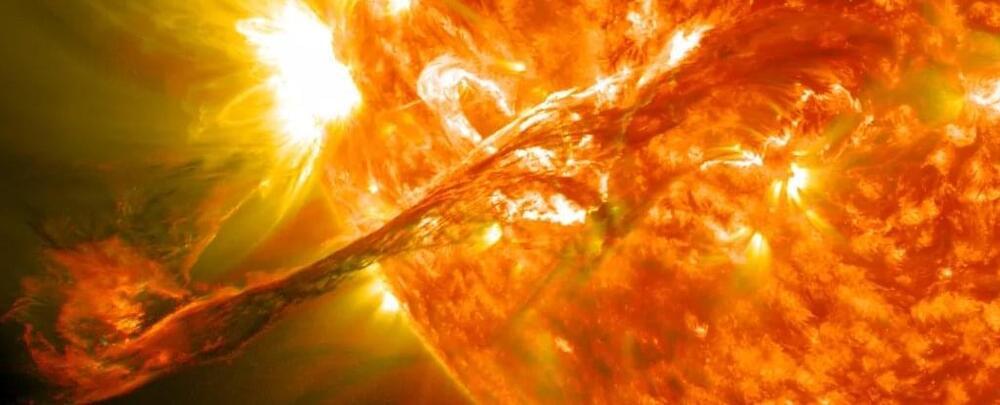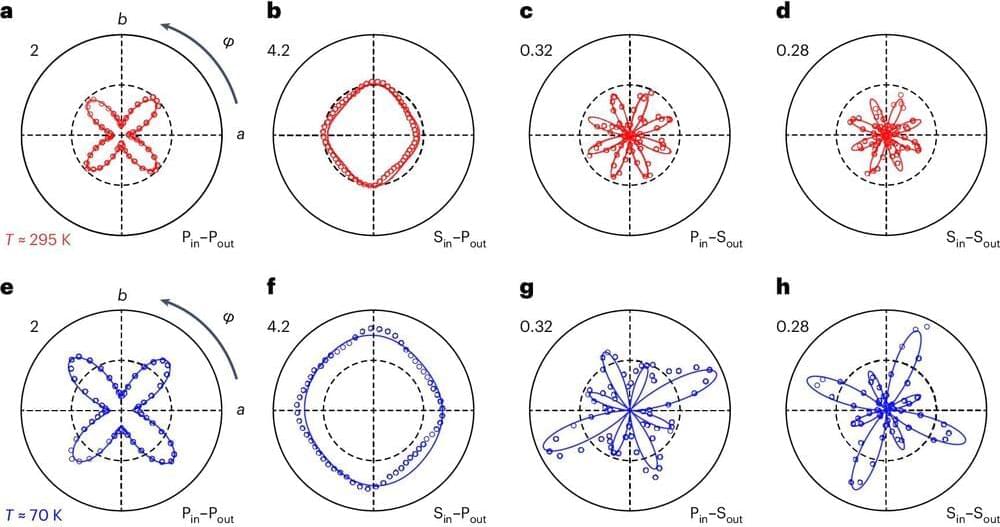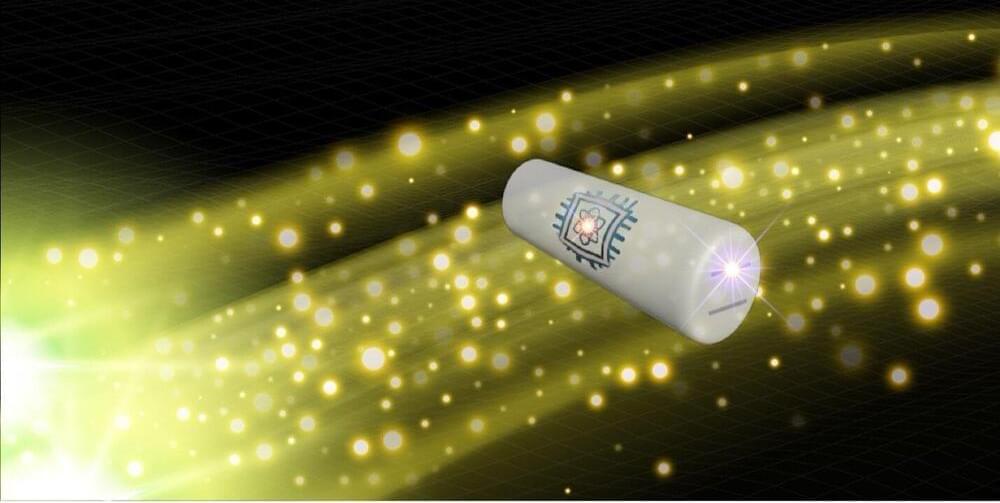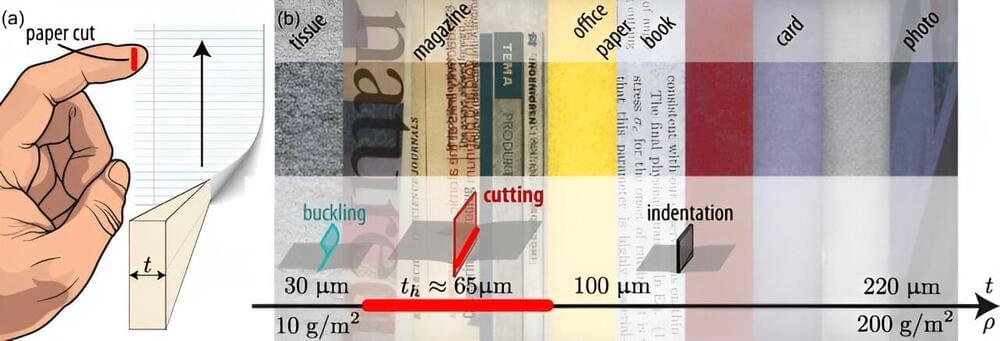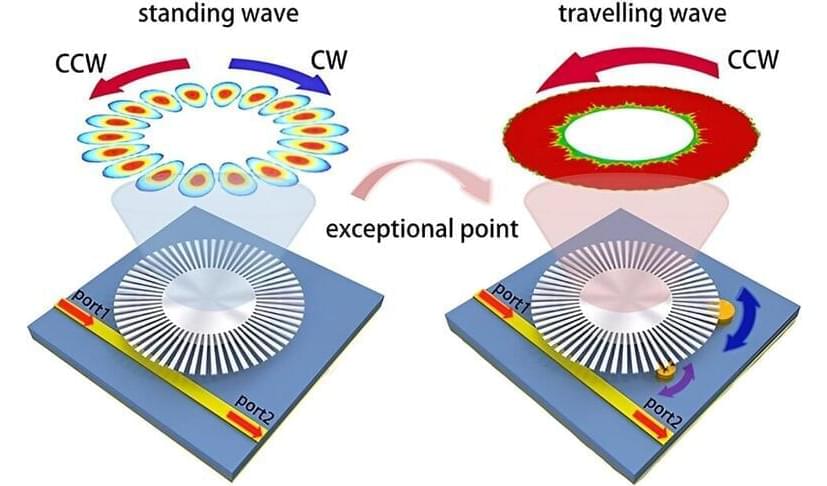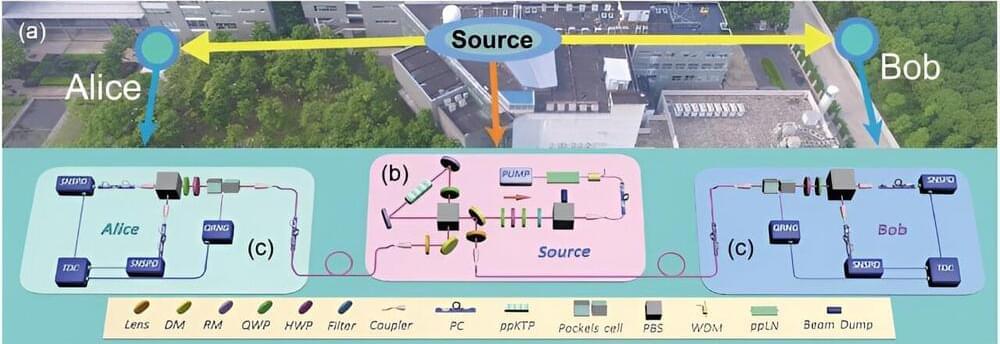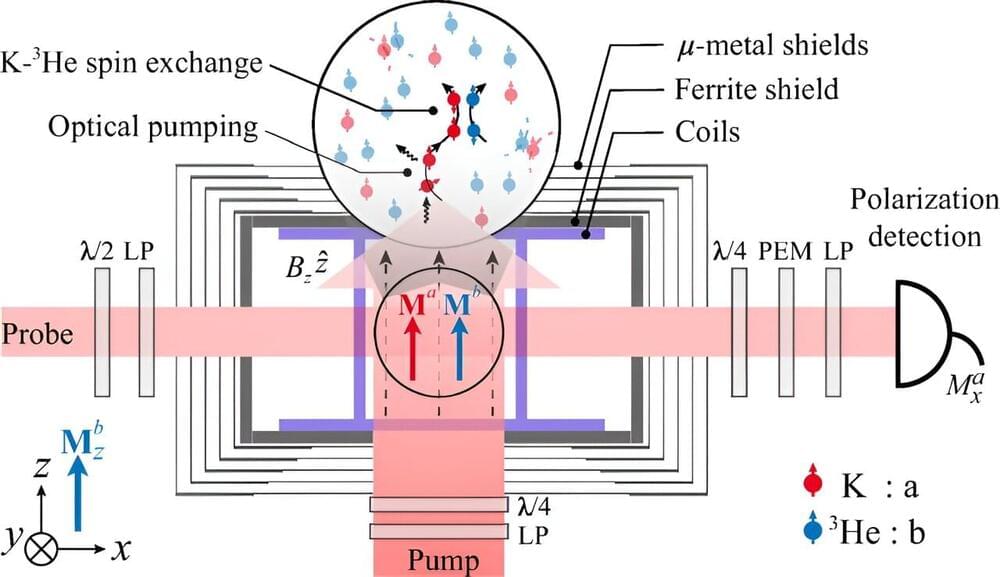Aug 28, 2024
The Sun Is More Active Than Scientists Anticipated. Here’s What It Means For Us
Posted by Saúl Morales Rodriguéz in categories: physics, space
From afar, the Sun looks calm and peaceful in our daytime skies. But up close, it’s an erupting, chaotic display of solar activity the likes of which astrophysicists didn’t expect until the last year or so.
“We didn’t think the Sun was going to be as active this particular cycle, but the observations are completely opposite,” Andrew Gerrard, the department chair and director of the Center for Solar-Terrestrial Research at New Jersey Institute of Technology, told Business Insider.
Solar cycles typically occur every 11 years. Within that time, the Sun oscillates from minimum to maximum solar activity, with maximum activity peaking in the middle of the cycle when the Sun’s magnetic fields flip.
